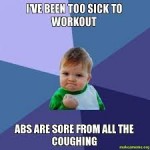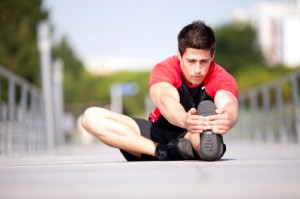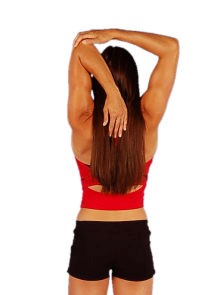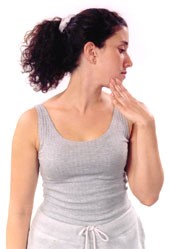By Ryan Brooks
Going to the gym for the first time should be an exciting experience. It is the start to a journey of achieving your goals and ultimately improving your overall health. But for many, it is often a scary time. Going to the gym for the first time, you might feel like you don’t know what you are doing. That okay, everyone starts out as a beginner. Here some simple tips to help you as you begin your journey to a healthier you.
- Wear proper attire. You don’t want to wear any clothing that is offensive. You also want to wear clothing that is protective and allows for movement. Wear a shirt, close-toed shoes, athletic shorts, etc. Don’t wear your office attire, or clothing that is vulgar. (2)
- Bring water. Hydration is very important while exercising. Most gyms will have a water fountain to fill up. Try not to hog the water fountain. If you need to full up, let others who just need a sip go first. (3)
- Ask for a spot. If you think you might need help with completing a lift, ask someone for a spot. If no gym staff is present, ask someone else in between their lifting sets. Most people won’t mind. (2)
- Clean equipment after using it. Most gym facilities have towels and disinfectant spray. This is for you to use. Once you are done with a piece of equipment, wipe off any sweat that may have accumulated. (2)
- Re-rack your weight once you are done with them. You don’t want to leave weight out for someone else to have to put it up. If you are using a machine, then put the weight back to zero. Before moving one to another exercise, take a second to make sure you re-racked all your weight from the previous exercise. (1)

- Ask someone if you don’t know something. If you don’t know how to do a lift or use a piece of equipment, just ask. Ask one of the facility’s trainer or one of the more experience lifters in the facility. When it comes to lifting, your health is what’s most important. (1)
- Don’t use your cell phone. While you are at the gym, try not to be on your phone. Others are in the gym are trying to focus on improving their health as well. It can also be dangerous as you are taking your attention away from others around you. (3)
(1) http://www.nerdfitness.com/blog/2014/08/18/proper-gym-etiquette-how-to-not-be-a-newbie- in-the-gym/
(2) http://www.quickanddirtytips.com/health-fitness/exercise/10-tips-for-proper-gym-etiquette
(3) http://www.huffingtonpost.com/jill-s-brown/gym-etiquette_b_2398997.html







